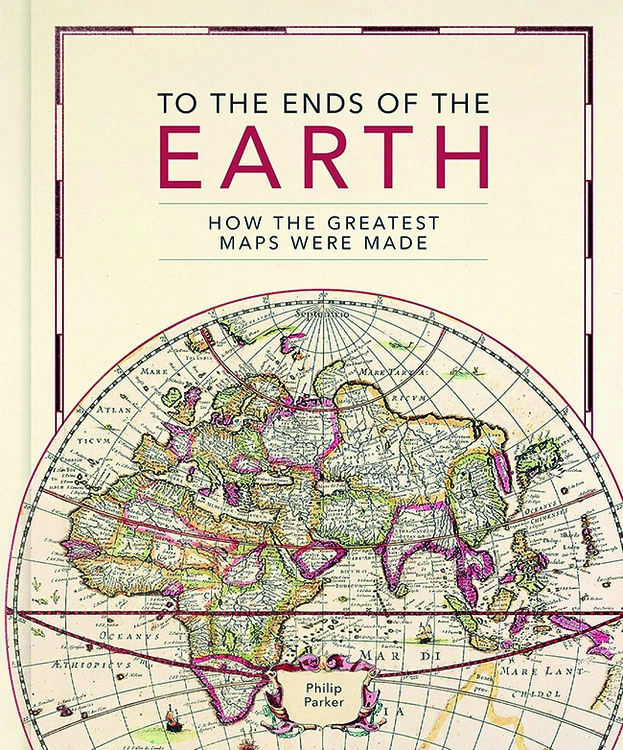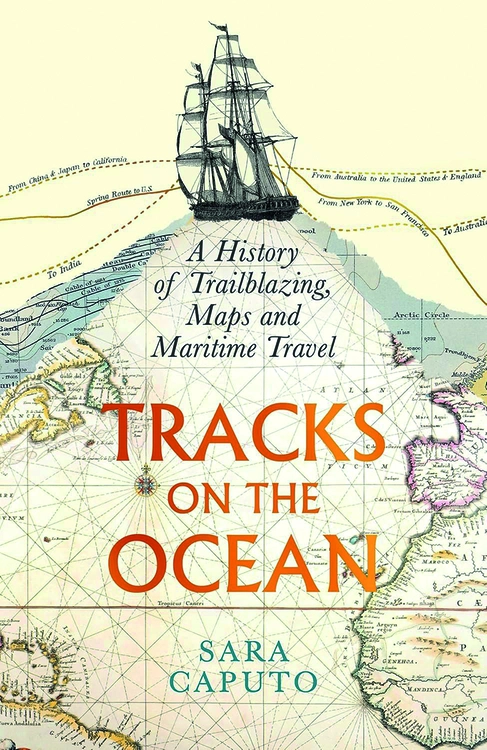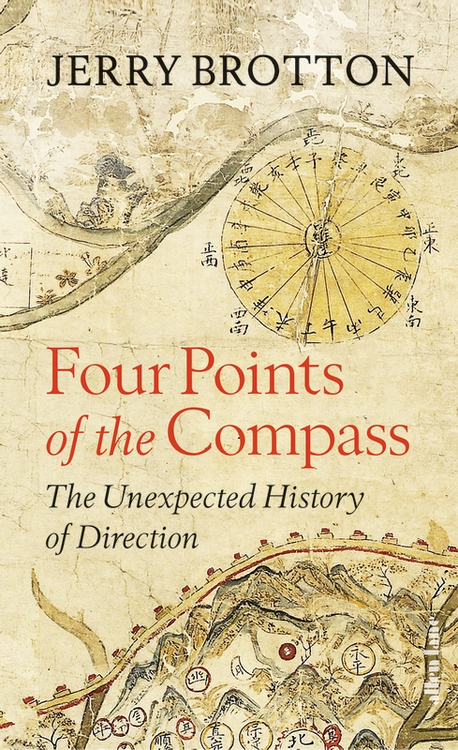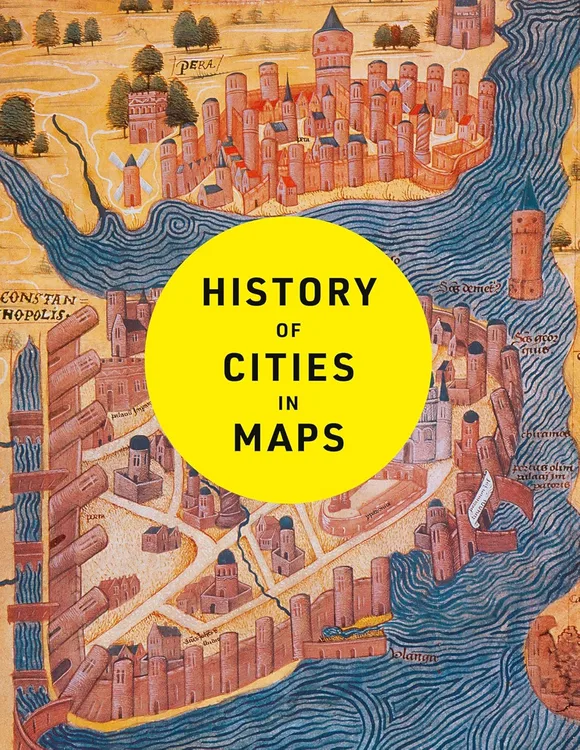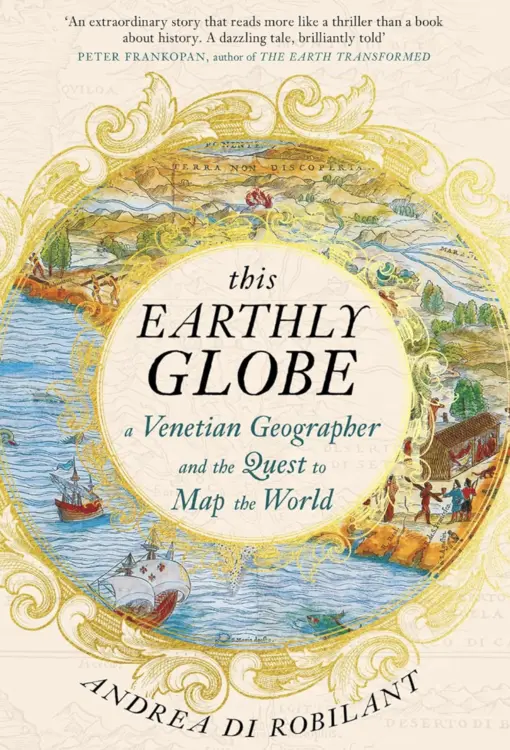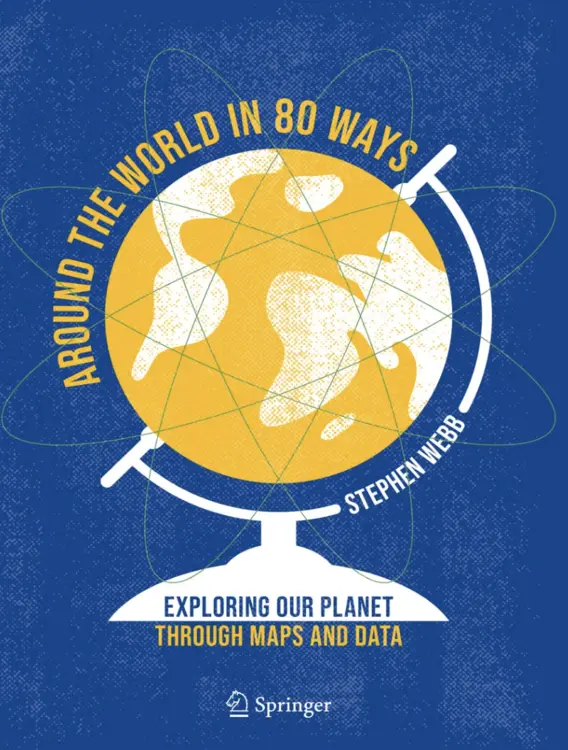Dive into the must-read books about maps: from explorations on the history of maritime journeys to depictions of the evolution of urban life
By
When you think of the word ‘map’, you might conjure up an image of the traditional world map stuck on the walls of classrooms. But in reality, maps are so much more varied than the handful of ones we encounter in our everyday lives, and can tell us information about the world in new and enlightening ways.
Here, we present our six top books on maps to gain a deeper understanding of the linkages and relationships that bind our planet together. So whether you’re a budding cartographer or just curious about the ways in which our world can be understood, these books are sure to pique your interest.
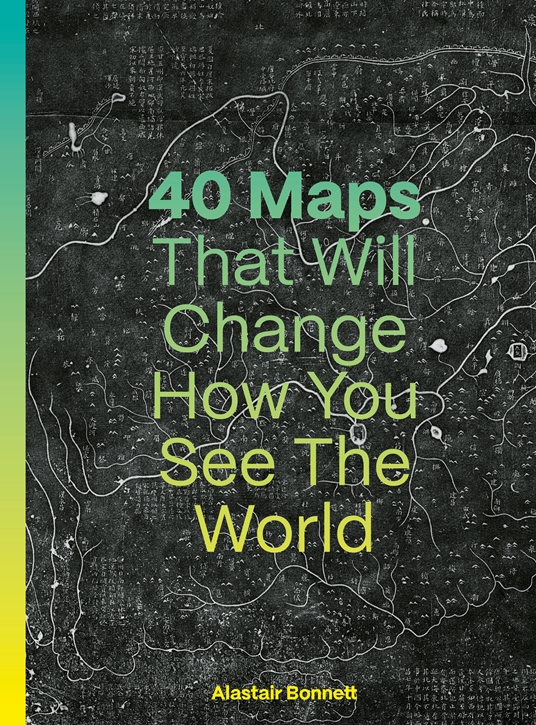
1. 40 Maps That Will Change How You See The World by Alastair Bonnett
Buy here on Amazon
This fascinating book will intrigue and delight readers and really lives up to its title. A 12th-century Chinese map uses a grid system to detail the extent and sophistication of the empire’s reach, while a mind-bending map of Mars depicts the largest volcano in our solar system, which is 26 kilometres high and the size of Poland. Each map that Bonnett examines makes you re-evaluate old assumptions, and his insights reveal exciting new ways of understanding our world.
Read an interview with Alastair Bonnett and see some of the maps here.
2. To the Ends of the Earth by Philip Parker
Buy here on Amazon
In To the Ends of the Earth, Philip Parker, Britain’s leading cartographic author, explores the history and significance of maps, blending insight, humour and historical context.
What starts as a discussion about the fundamental role of maps in shaping our understanding of the world expands into an engaging narrative of how maps have evolved from rare, scholarly objects to ubiquitous tools of modern life.
3. Tracks on the Ocean by Sara Caputo
Buy here on Amazon
Tracks on the Ocean details the history of maritime journeys, focusing on the motivations behind these journeys and their broader impacts. why the route was taken, the motive, where it went, the impacts it had on the people who made the journey and those they encountered.
Caputo traces the evolution from ancient Greek periploi (written itineraries) to Renaissance-era maps and to modern-day navigational charts, revealing how early explorers ventured into the unknown, often driven by a spirit of adventure and fear.
Read our review of Tracks on the Ocean here
Read Sara Caputo’s Writers Reads here
4. Four Points of the Compass by Jerry Brotton
Buy here on Amazon
From the invention of the magnetic compass and the expansion of international trade all the way back to the sun serving as a defining factor of ancient civilisations, Four Points of a Compass walks you through the history of direction. It concludes with a discussion of the digital world of today and how we see our position on the earth. It’s an intriguing and enlightening trip that demonstrates the various ways in which we integrate the concepts of place and direction into our lives and throughout history.
5. History of Cities in Maps by Philip Parker
Buy here on Amazon
Maps have played a crucial role in the development of cities from prehistoric villages to contemporary metropolises. This story is one of inventiveness, ambition, and adaptation. More than 70 maps in this exquisite collection show the evolution of urban life over more than 4,500 years.
Every map provides a glimpse into the past, illustrating how need, culture, and power formed cities. The maps show the turning points in human civilisation, from lofty beginnings and early town planning to the emergence of skyscrapers and ground-breaking transportation technologies. The book offers new insights into urban history by highlighting lesser-known cities in addition to big capitals.
6. This Earthly Globe by Andrea di Robilant
Buy here on Amazon
A Venetian official named Giovambattista Ramusio is brought back to life by Andrea di Robilant in This Earthly Globe. Ramusio’s 16th-century compendium Navigationi et Viaggi (Journeys and Navigations) transformed geography during the Age of Discovery.
This three-volume book, which was published in 1550, gave Europeans a fresh perspective on the globe by compiling first-hand narratives from individuals such as Leo Africanus and Marco Polo. Ramusio turned confidential information into common understanding by using his political power and a network of diplomats and spies to share such knowledge.
Ramusio’s work broadened perspectives and established the groundwork for contemporary geography, as di Robilant’s engrossing story demonstrates.
7. Around the World in Eighty Ways by Stephen Webb
Buy here on Amazon
The 80 data-driven maps in Around the World in 80 Ways examine the physical landscape, the human impact on our planet, and how people live. The book lists data sources, analyses these biases, and helps readers make their own maps using free tools, acknowledging that all maps skew reality.
With topics ranging from science to culture, it gives readers the tools they need to evaluate evidence critically in a time of false information and ‘alternative facts.’
Now you’ve explored our top map reads, why not check out our other recommended books?
This post was originally published on here


